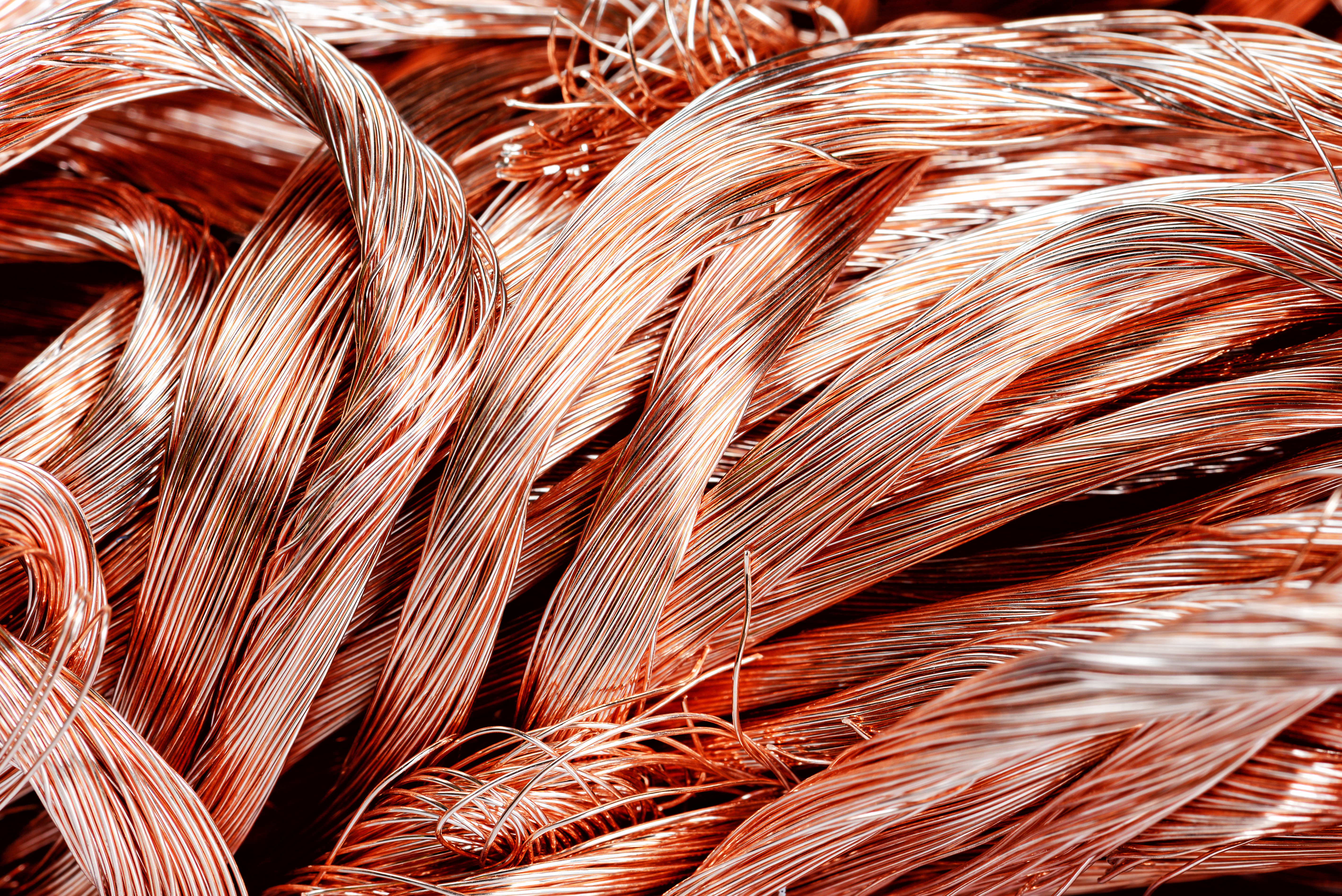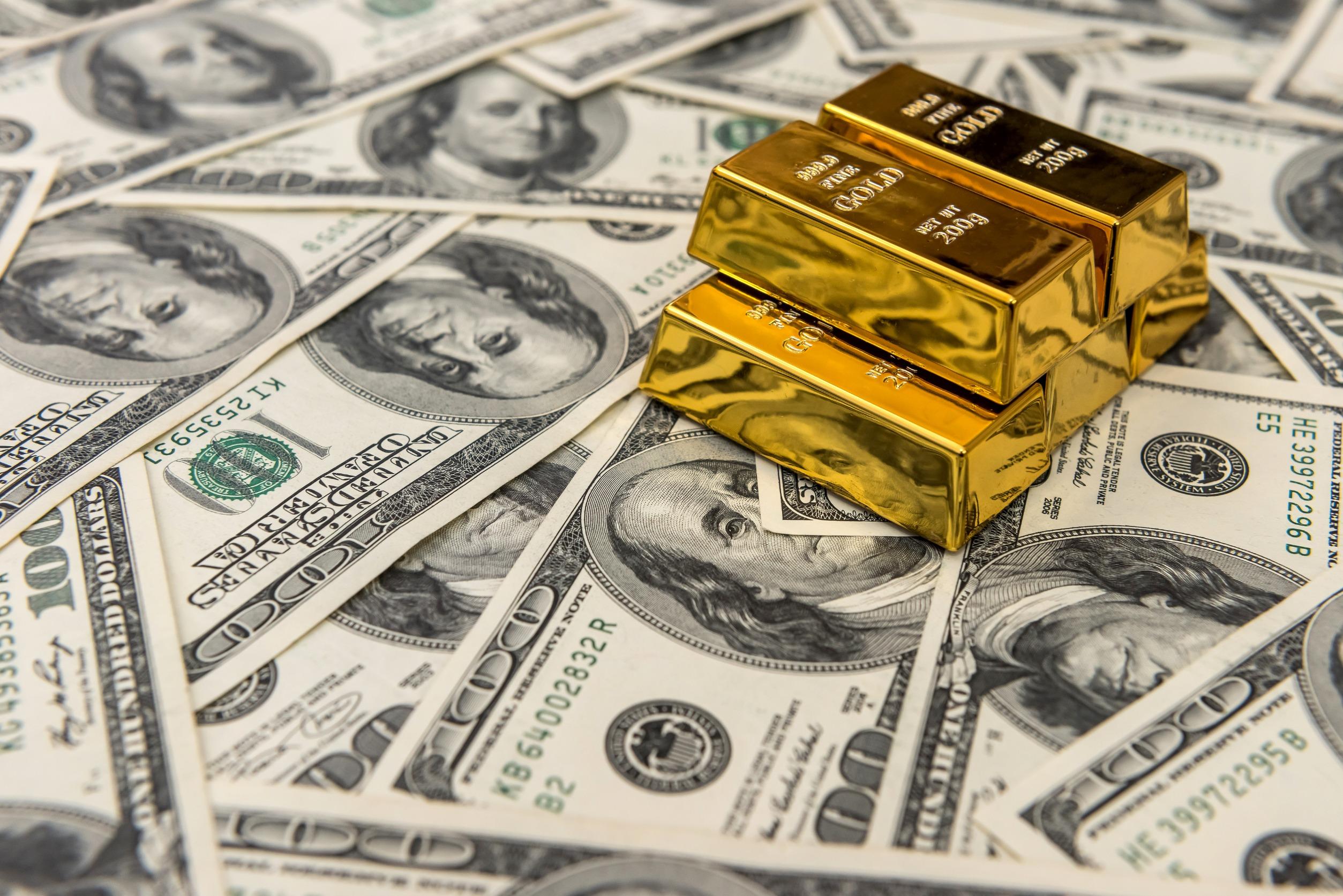Gold price remains below the previously steady support zone of $1,680 per ounce in early Friday trade. The Fed’s ultra-hawkish stance has been weighing on the precious metal in recent months. Even so, Japan’s rare intervention in the foreign exchange market has offered some support to the bullion.

Fundamentals
Japan’s rare intervention
In Friday’s early trading, gold price found some support in the Japanese government’s decision to intervene in the foreign exchange market. Notably, this is the first time that the country’s administration has moved to support the Yen in 24 years. The decision comes on the same day that the Bank of Japan (BoJ) confirmed that it will maintain ultra-low interest rates. Indeed, the central bank’s Governor Haruhiko Kuroda hinted that the rates may remain near zero for a couple of years.
Japan, the third largest economy in the world, has had to pay more for the crucial imports that are mostly dollar-priced. Indeed, the Japanese government’s intervention is the latest sign of how the Fed’s ultra-hawkish stance and subsequent surge in the US dollar has impacted the global economy.
As a reaction to Japan’s move to buy sell US dollars and buy yen, the greenback dropped to an over two-week low on Thursday. Subsequently, gold price parred some of its previous losses.
Fed’s ultra-hawkish stance
Even with the bullish factor, the precious metal remains below the previously steady support zone of $1,680 per ounce as the market digests the recent Fed interest rate decision. On Wednesday, the US central bank approved the third super-sized rate hike of 75 basis points in a row. Besides, Jerome Powell signalled a continuation of policy tightening in coming months as the Fed strives to deal with the decades-long inflation.
An environment of high interest rates has been weighing on gold price amid the surge in Treasury yields. The benchmark 10-year US bond yields was at its highest level in over a decade in early Friday trade. Subsequently, it is exerting pressure on the non-yielding bullion.





